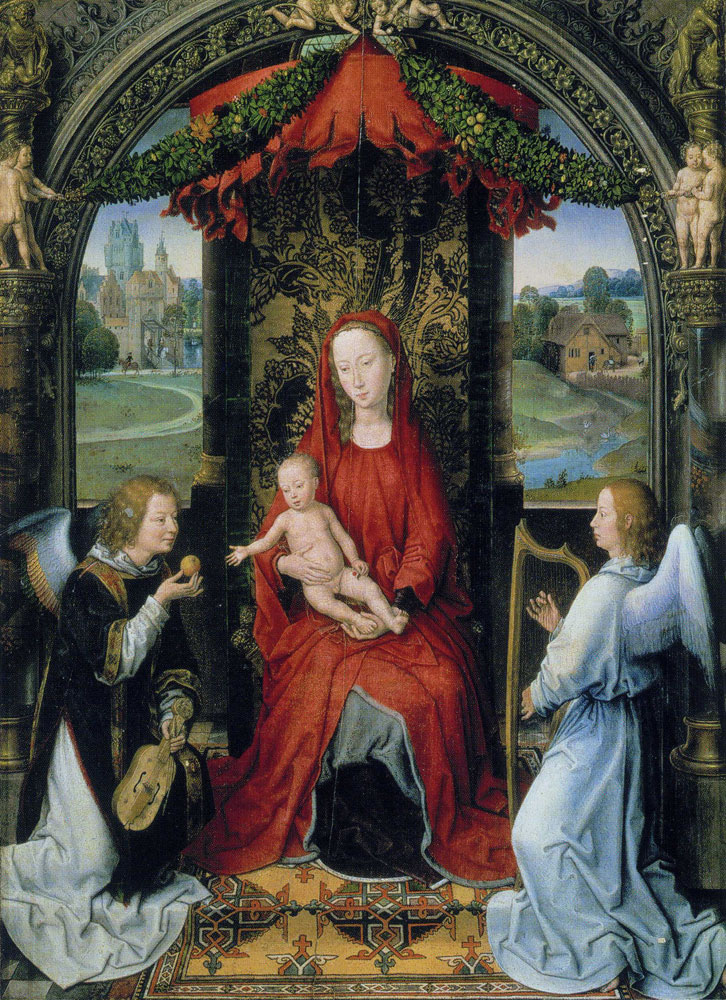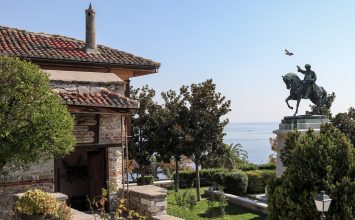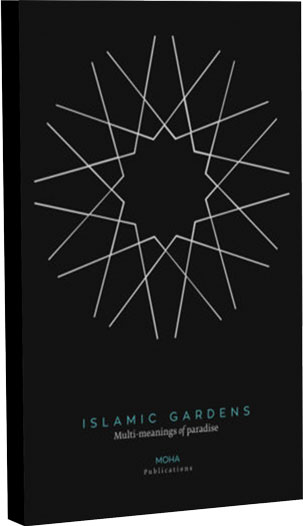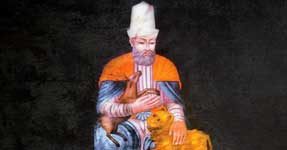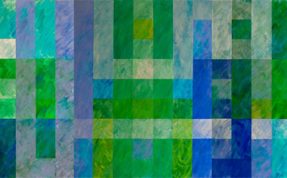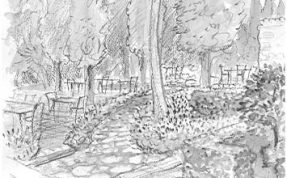People of the East have a long tradition of carpet weaving, with Persian carpets and Ottoman kilims still standing out today for their quality, patterns and colors. Since ancient times, carpets have served Middle Eastern nomads as protective coverings in sandstorms and also to create softer saddles on the backs of their camels. Gradually, Persians and Arabs warmed up and decorated their houses and mosques with them. Carpets were a key part of a bride’s dowry and a great gift of honor for a guest as well.
Carpets were made from sheep, goat or camel wool. At first, they were produced at home by housewives. The art and technique were passed down from mother to daughter. The men brought the wool from the shearing of the animals and the women spun it, dyed it, wove it and turned it into a work of art. Production gradually moved to small, traditional industries and then to factories.
The yellow color of the carpets was given by the saffron of the crocus flower, the red by the qirmiz, an insect that produces a bright red color, and the blue by the plant indigo. Mixing the primary colors was giving endless combinations and shades. However, in the oriental carpets green is avoided, as the sacred color of Islam, not allowed to be stepped on.
As a non-figurative art, the Islamic art recognizes God as the only creator and therefore does not depict mortal creatures, humans or animals. The rugs therefore usually bear complicated plant and floral decorations, as well as geometrical shapes, such as stars, octagons and triangles, always arranged in symmetry. Under the Ottoman, Safavid, and Mongol dynasties, tapestry went from practice based on patterns passed down from generation to generation to a state industry, with patterns created in the workshops of the court.
During the 16th century, more carpets were woven than ever before. The Ottomans gave a great impetus to the art of textile and tapestry. Ottoman carpets gradually became renowned for their plant motifs, in addition to the sophisticated geometrical and color schemes. In the 17th century, under the influence of the Persian carpets, the Ottomans adopted a new style including star medallion. In some instances the carpet was dominated by the central medallion, and in others smaller medallions were arranged in particular patterns or series around the centre. Such designs coincided with the appearance of the Baroque and later Rococo art styles which appeared in Europe in the 17th and 18th centuries respectively.
The Persians had a long carpet tradition extending back to the Sassanian times. Carpets were clearly knotted, comprising a rectangular centre dominated by a medallion and a border which sometimes took the form of several bands of various widths.

Andalusia, North Africa, Afghanistan and India made also their own contribution to the richness and quality of the oriental carpets. Within the Islamic world, particularly fine samples were collected in royal palaces. In the glory of this art, the traditional tale of Al’a al-Din’s flying carpet was born.
Further more there was trade—arguably the greatest the world had known. Silk, spices, ceramics, pearls, crystal ewers and precious metals arrived in Venice from the East, and of course, carpets. They were brought to Europe from the Far East and, being too valuable to be placed on the ground, they were used to cover furniture or hang on walls. In addition to the historical facts, the paintings made in the late medieval period give considerable information on how and where the oriental carpets were used and how they were regarded.
